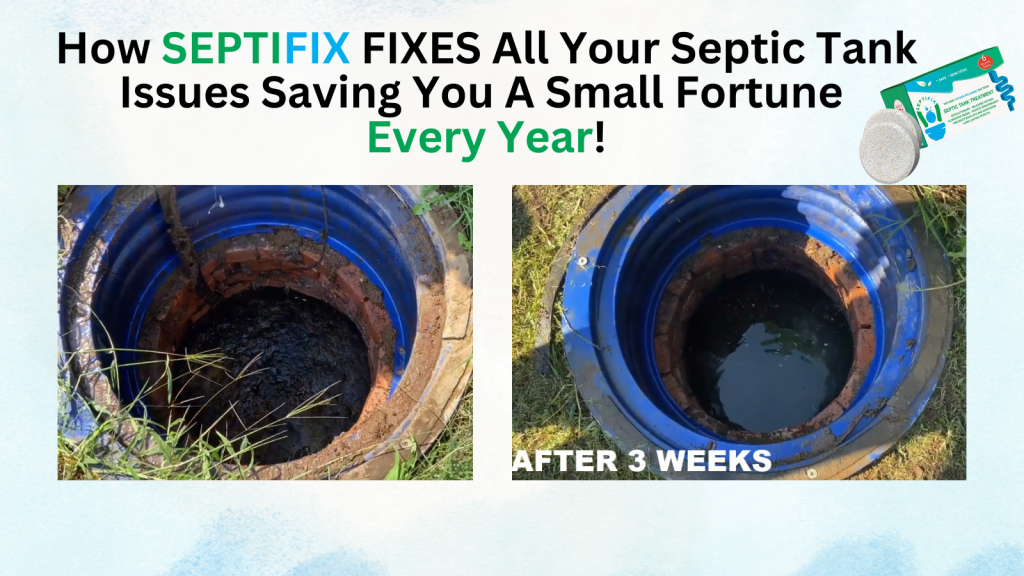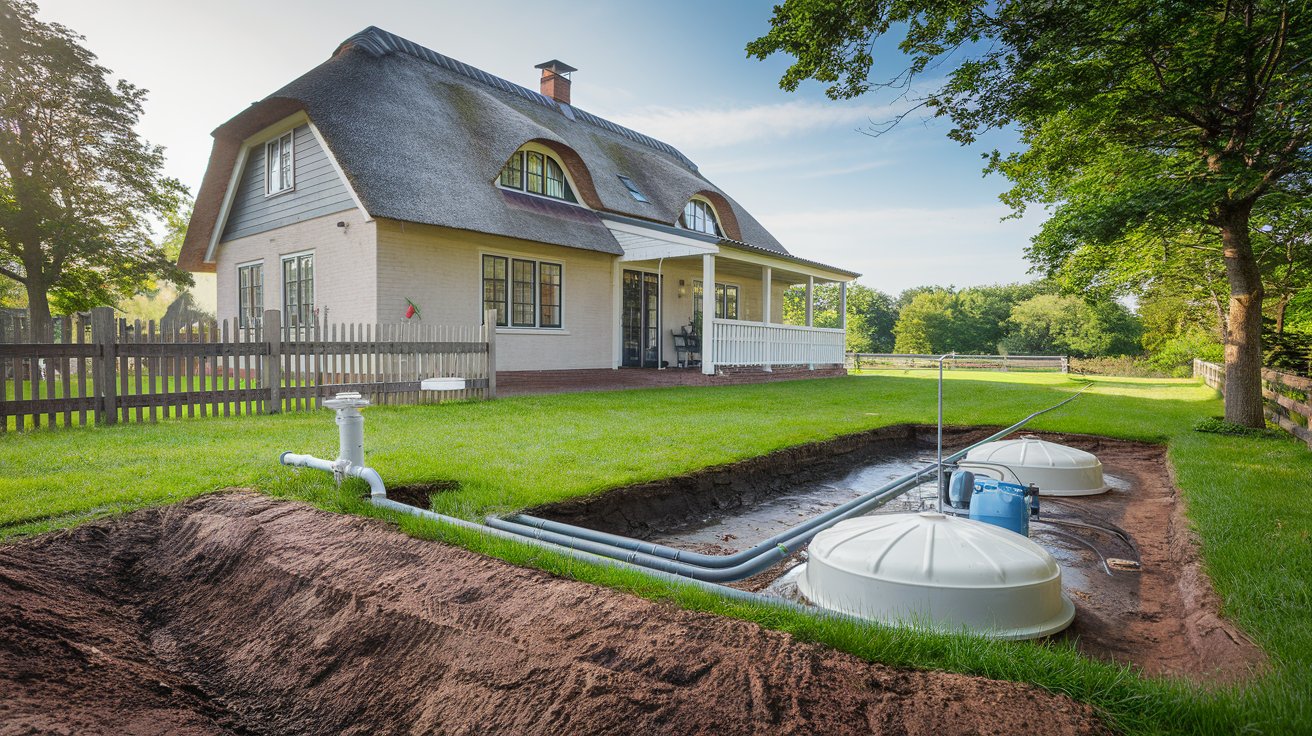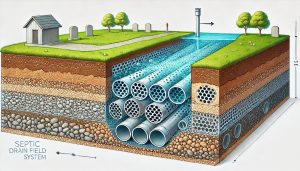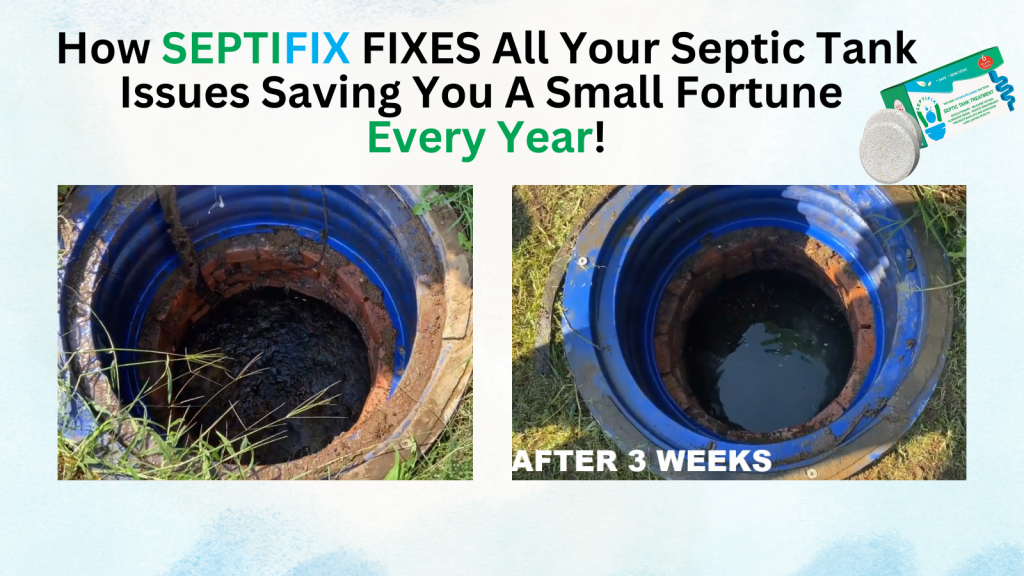Your septic system works hard behind the scenes to manage wastewater efficiently. But like any system, it needs maintenance. Ignoring the signs your tank needs pumping can lead to unpleasant, unsanitary, and expensive problems. This article outlines key indicators homeowners should recognize, helping you take action before issues escalate.
Table of Contents
- Why Septic Tank Pumping Matters
- 7 Clear Signs Your Septic Tank Needs Pumping
- What to Do If You Notice These Signs
- Expert Tips for Preventing Septic Trouble
- Septifix Power for Your Septic System
- Septic Permit Links by State
Why Septic Tank Pumping Matters
A septic tank separates solids from liquids, with solids settling at the bottom. Over time, these solids accumulate. If the tank isn’t pumped regularly, waste can overflow into your drain field or back into your home. Routine maintenance is essential to keep your system working properly, safeguard your health, and protect your property value.
7 Clear Signs Your Septic Tank Needs Pumping
1. Slow Drains and Gurgling Sounds
If your sinks, tubs, or toilets drain slower than usual, or you hear gurgling noises, it could indicate a full tank. These signs often appear when wastewater is struggling to flow through a backed-up system.
2. Foul Odors Indoors or Outdoors
Unpleasant smells near drains or around your yard—especially close to the drain field—are a red flag. These odors suggest untreated waste is nearing the surface or seeping into the soil, often caused by an overfull tank.
3. Sewage Backups
This is a serious and urgent warning. If sewage begins to back up into toilets, tubs, or sinks, it’s almost certain your septic tank is full—or worse, failing. Shut off water use and contact a professional immediately.
4. Lush, Green Grass Over the Drain Field
While green grass is typically a good sign, an unusually lush patch over the drain field could mean liquid waste is overflowing from the tank. Excess nutrients from wastewater can act like fertilizer, but it’s a sign your tank isn’t functioning correctly.
5. Standing Water in the Yard
Pooled water near your septic tank or drain field, especially without recent rain, suggests the system is overloaded. This standing water could contain harmful pathogens and requires immediate attention.
6. Time Since Last Pumping
Septic tanks typically need pumping every 3 to 5 years, depending on usage and tank size. If it’s been longer than that, you may already be seeing warning signs. Keep records and schedule service before trouble starts.
7. High Nitrate Levels in Well Water
If you have a private well and recent water tests show elevated nitrate levels, it could indicate that your septic system is leaching waste into the groundwater. This is both an environmental and health hazard.
What to Do If You Notice These Signs
Inspect the System
If you observe one or more of these signs, don’t ignore them. First, limit water usage to avoid worsening the issue.
Contact a Professional
Call a certified septic technician to inspect and pump your system. Regular service helps prevent emergencies and extends your system’s lifespan.
Schedule Regular Maintenance
Even without symptoms, preventive pumping every few years keeps your system healthy. Many professionals offer maintenance reminders or service plans to stay on track.
Expert Tips for Preventing Septic Trouble
- Avoid flushing non-biodegradable items like wipes or feminine hygiene products.
- Don’t use harsh chemical cleaners; they kill the helpful bacteria in your tank.
- Divert rainwater away from the drain field to prevent overloading the system.
- Install an effluent filter to trap solids and keep them from reaching the drain field.
Conclusion
Recognizing the signs your tank needs pumping early can save you thousands of dollars and prevent dangerous contamination. If you notice any of the issues listed above—slow drains, odors, backups, or lush patches—don’t delay. Schedule a professional inspection and pumping. Protect your home, your health, and your wallet by staying proactive.
Directory | Washington Septic Service Providers | Part 2
Directory | Washington Septic Service Providers | Part 1
DIY Repairs Are Always Cheaper
Septic Regulations in Rural Areas: Essential Guide for Rural Property Owners
The Role of Perforated Pipes in Drain Fields
What Happens During a Pumping Service?
Septic Tanks vs. Sewer Systems | Choosing the Right Option
Directory | Virginia Septic Service Providers | Part 2
Septifix Power for Your Septic System










